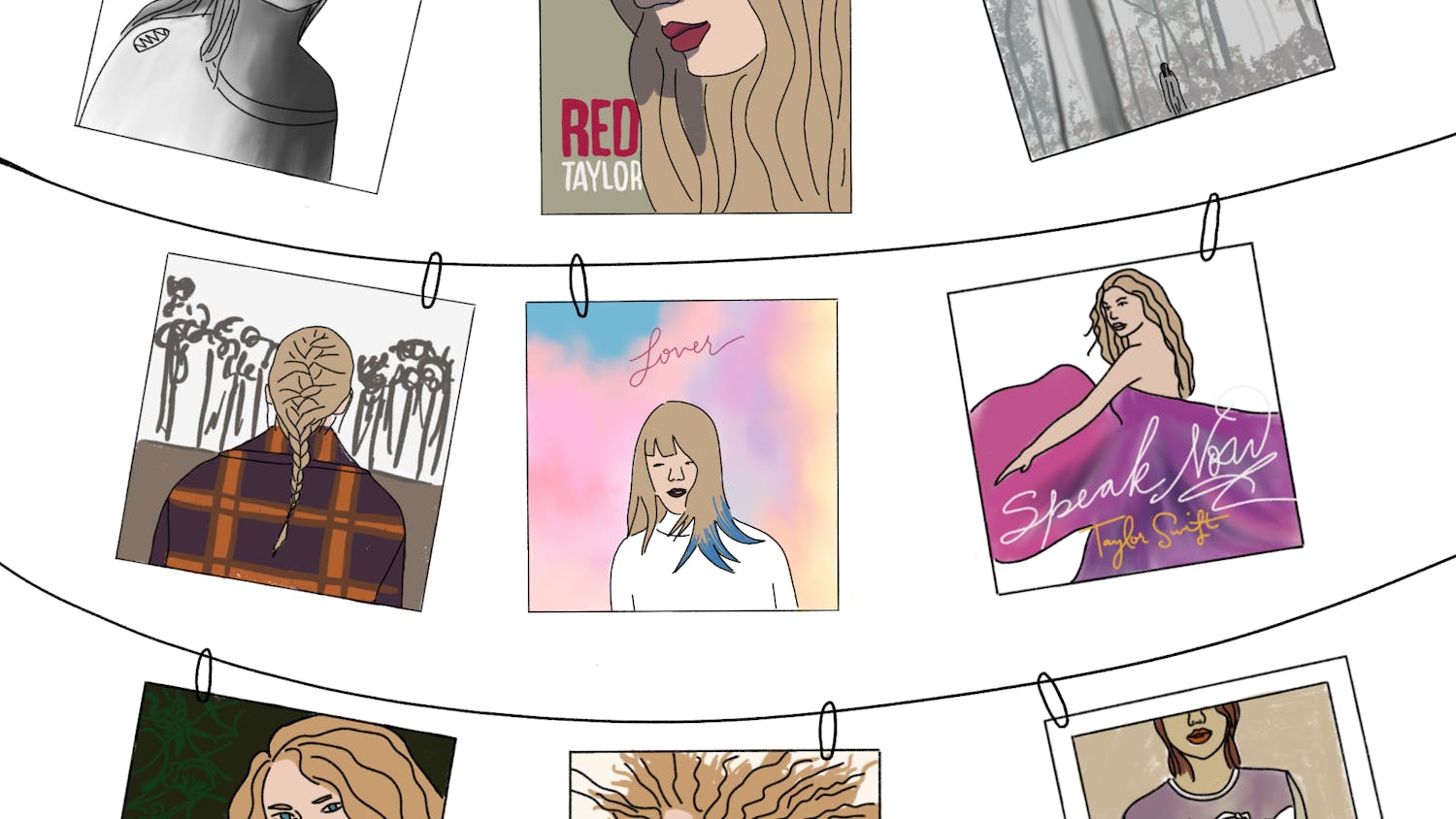The general public’s reaction to the New Miley has been like finding a tarantula in the bathtub while somehow also witnessing a horrific train wreck. Fear, disgust, concern and morbid curiosity have all been rolled up into a giant ball of emotion that has fueled media coverage of the star’s transformation, as well as Twitter jokes and YouTube “Wrecking Ball” parodies ad nauseum. Most people view the New Miley as a loathsome, offensive brute; yet they can’t look away.
The New Miley is only a few months old — three or four months, depending on which timeline you prefer — but the transformation has already garnered enough attention to make it one of the most memorable stories of 2013. General consensus refers to the moment she cut her hair as the point when the Old Miley faded away into the now seemingly distant past. She was no longer a living version of the sterile fashion dolls that were so popular when she lived half her life as Hannah Montana. Physical transformations came first, and then she switched record labels and hired Britney Spears’ old manager.
Since then she has broken up with her fiance, rapped, admitted to using drugs and compared herself to Sinead O’Connor; all of those things, not to mention her VMAs performance — as if it hasn’t been mentioned enough already — have been enough to shock and horrify much of her previous fanbase and most of their parents. Cyrus is, gasp, acting the way many people in their 20s would if they had nearly unlimited wealth, fame and extensive connections in the U.S. entertainment industry, and they hate it.
This makes sense. It is also stupid; at least, the controversy is stupid. Had anyone else skipped the Disney-child-star-omg-it’s-Billy-Ray-Cyrus’-daughter-on-TV-how-cute route to stardom and began where Miley is now, nobody would care.
Like Holden Caulfield or the guy who shot John Lennon, they would prefer Miley to retain her childhood innocence at the expense of her growth as an artist and as a person. Even if it didn’t occur to many, the fact that Miley would eventually grow up was predicted in a 2008 Time magazine article written by former child star and Mormon Donny Osmond.
The image change has as much to do with music as it does identity. Though she’s not currently taking the most moral or healthy path, it’s undeniable that her music is benefiting from the change. It’s more relevant, entertaining, and, partly because it doesn’t sound like karaoke music, has more artistic merit than the music of Old Miley.
Compare “Wrecking Ball” to “7 Things.” Her new work, though, is garish, neon and plastic, and has soul. The Old Miley was little more than a Disney-World animatron, a mouthpiece for the industry’s candy pop and country. People are disturbed by the change, and that’s fair, but the Old Miley is never coming back, which is nice.
The New Miley is almost too good to be true.
Alec Carver is a UF journalism freshman. His column runs on Tuesdays. A version of this column ran on page 7 on 12/3/2013 under the headline "Twerk it: In defense of Miley"





